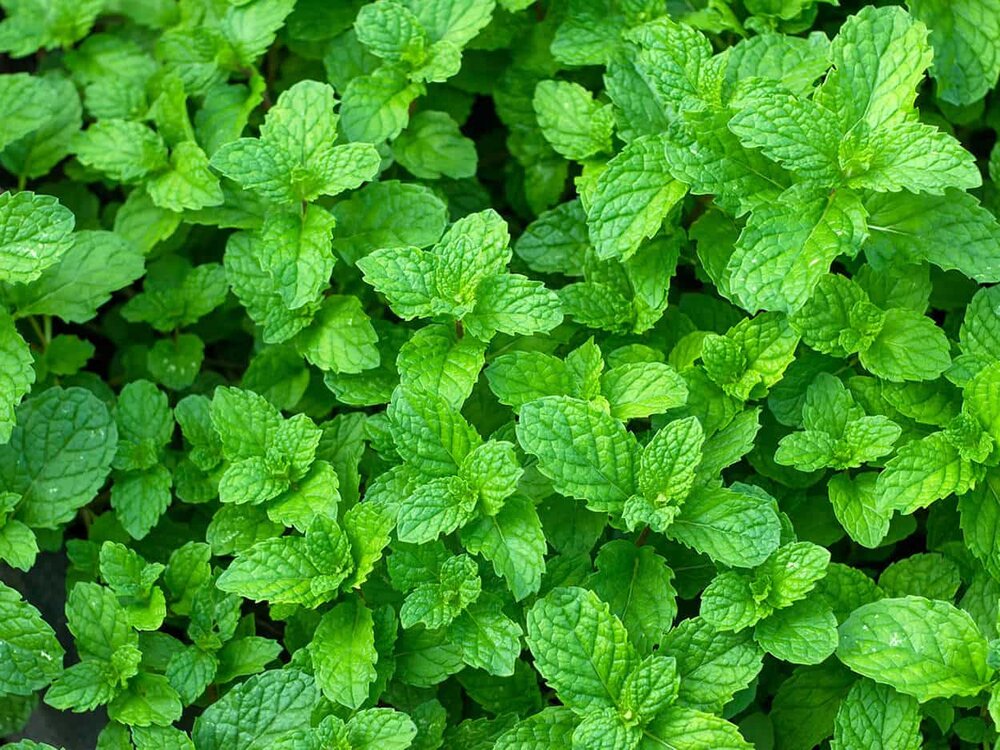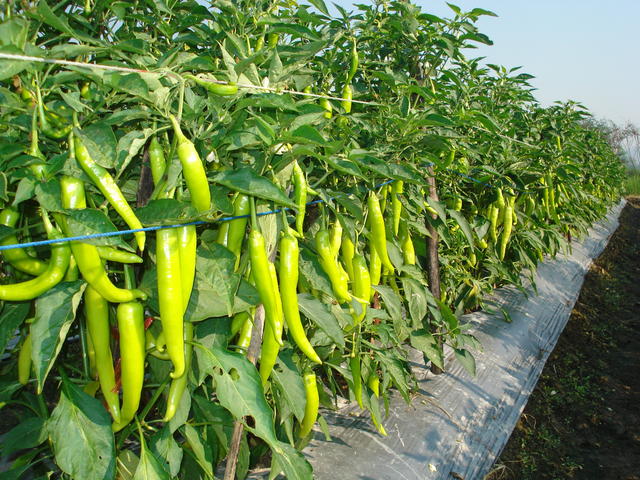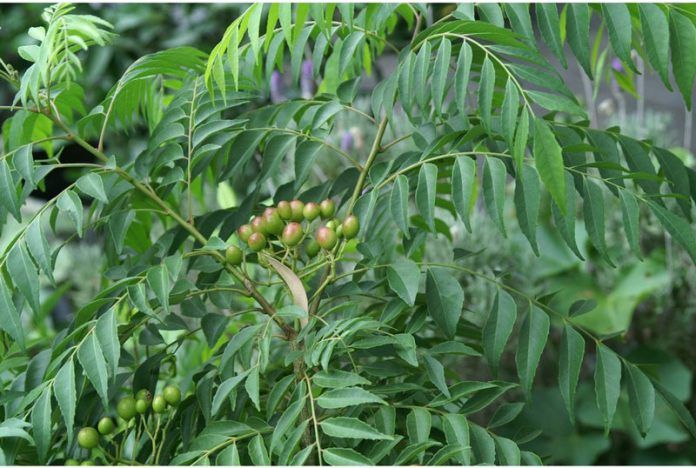hidden
hidden
Blog

Fresh Flavours for your Food:How to Start Your Very Own Herb Garden at Home
Fresh Flavours for your Food:How to Start Your Very Own Herb Garden at Home
Don’t you just hate it when you’re in the middle of cooking something and you realize you don’t have the ingredients you need? We’ve all been there. You need to put your cooking on hold and either run down to the store to get what you need or wait for it to be delivered.But, if you could grow a few essential Indian kitchen garden plants, you can just pluck them and use it in your food.
Caring For Your Herb Garden
Light: Most herbs grow best in a bright sunlit location. Regularly rotate the orientation of your pots with respect to the source of sunlight so that the herbs don’t bend in one direction. If you find your herbs have long stems but few leaves, then they are probably not getting enough light.
Water: Water each herb according to its individual needs. To make this easier, plant herbs with similar watering requirements together. Test the soil before you water your herbs to prevent overwatering. To do this, insert one finger up to the knuckle into the soil to test for dryness. Water your herbs depending on how dry the soil is.
Also, as soggy soil quickly leads to root rot, don’t let water accumulate at the bottom of the pot. One of the first signs of over watering is leaves turning yellow. Air Circulation: Air movement is necessary for herbs as herbs grown in stuffy conditions often become weak and attract pests.
Clipping/Pruning: Fortunately for your cooking, even young herb plants require frequent clipping to encourage them to branch out and become fuller. So make sure to prune often but don’t cut more than a third off. If your herbs are flowering, they are not being pruned regularly enough. The more you prune, the more they will grow.
These plants can be used in a variety of Indian dishes and will add plenty of flavour to your food.
Mint

Mint is used in a variety of Indian food as the main ingredient and even as a garnish. Now, with summer approaching mint or pudina is used in many beverages for its cooling effect, you even have mint and lemon water. To grow mint you need a sprig with root or seeds would do, moist soil and sunlight. They are easy to grow and are best planted during spring.
Chilli

India is known for its spicy and delicious food, and this is thanks to the humble chilli. There are over eighteen varieties of chilli that are grown throughout India and they vary in colour, size and intensity. They contain Vitamin A, B, E and C and are known to stimulate the blood and metabolism. To grow chillies you need chilli seeds, plenty of sunlight and moist soil, they take about a week to germinate and require little water.
Curry leaves

This is a very popular ingredient in any dish that needs seasoning. It is also used for its many medical benefits like weight loss, ability to improve eyesight, ability to reduce stress, increase hair growth and so on. To grow curry leaves, you need a fresh cutting of the plant, or seeds, plenty of sunlight, moist soil and to water it every alternate day. They don’t need to much care and do well in sunlight (not too harsh).
Tomatoes

From curries to chutneys and salads, tomatoes are used in almost everything. It’s a go-to ingredient and one that most Indian food can’t do without. They are good for reducing hypertension and is also said to have the antioxidant lycopene, this helps to reduce the risk of heart disease and cancer. These fruits are also a great source of vitamin C, potassium, folate, and vitamin K. To grow them you need some tomato seeds, a pot with well-draining soil, and plenty of sunlight. You can expect your plant to grow and bear fruit in about 30 days.